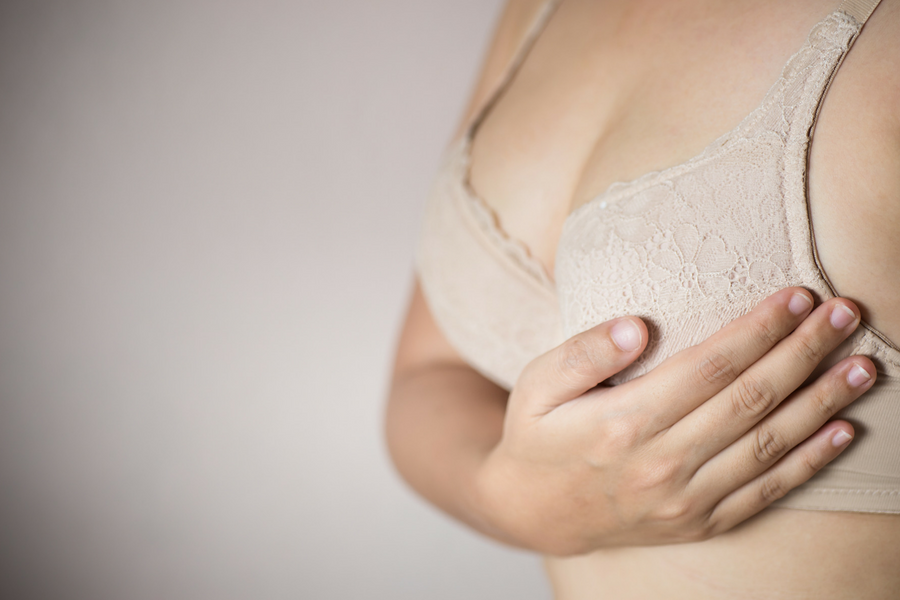Why You Should Get Mammograms Regularly
At a certain age, mammograms become an integral part of maintaining your breast health. To explain the importance of regular mammograms, let’s talk about how they work and how they can accurately detect early signs of breast cancer.
What is a mammogram?
In a mammogram, a radiologist takes an X-Ray of your breast tissue to detect breast cancer. According to the Center for Disease Control and Prevention (CDC), the X-Ray is performed with you standing up. You’ll place your breast on a plastic plate and a second plastic plate will compress your breast to take the X-Ray.
The American Cancer Society (ACS) reports the entire procedure takes about 20 minutes and the actual breast compression only takes a few seconds.
What is the suggested age for getting mammograms?
The ACS recommends women of average-risk for breast cancer start receiving annual mammograms at 45 years-old. At 55 years-old, you may continue with annual mammograms or transition to a mammogram schedule of every two years.
Even during mammogram screening years, women should continue to receive annual clinical breast exams (CBEs). The CBE is performed by your health care provider at your check-up and involves him using his fingertips to feel around your breast and armpit for any breast tissue abnormalities. (If your physician doesn’t provide a CBE during your check-up, you can request one.)
Depending on your family’s breast cancer history, your health care provider may request you begin getting mammograms earlier than the average-risk woman. Or, she may request a different mammogram schedule. This is why it’s essential to visit your doctor regularly and discuss your family’s medical history with her.
Related: 7 Things To Do To Maintain Your Breast Health
How accurate are mammograms?
Mammograms correctly detect 87 percent of women with breast cancer, according to Susan G. Komen. The intuition also says that mammograms can detect breast cancer better in women with fatty breasts than dense breasts.
Susan G. Komen also reports that mammograms are most successful at screening women 50 years-old and older, which is likely why the suggested age of mammograms is 45. Younger women have dense breast tissue, which appears white on the X-Ray. Likewise, a tumor will appear white on the X-Ray, making it difficult to tell the difference between the tumor and breast tissue.
It’s been reported that mammograms are most helpful for women 50 to 69 years-old.
Why should you get mammograms regularly?
According to CancerCare.org, a mammogram can detect a cancerous tumor in your breast up to two years before the tumor can be felt by you or your healthcare provider. Your physician can more easily treat breast cancer during this early stage.
Though a CBE is performed by a trained medical professional, the exam won’t always detect breast cancer. This is simply because the provider is feeling around your armpit and breast, not actually seeing an X-Ray of your breast tissue. The high-quality image of your breast tissue is what allows healthcare providers to detect early signs of cancer.
Regular mammograms won’t completely remove your risk of getting a fatal case of breast cancer. However, the early detection can be instrumental in treating breast cancer.
Related: Do You Know Your Lemons? These Photos Are Helping Women Detect Breast Cancer






